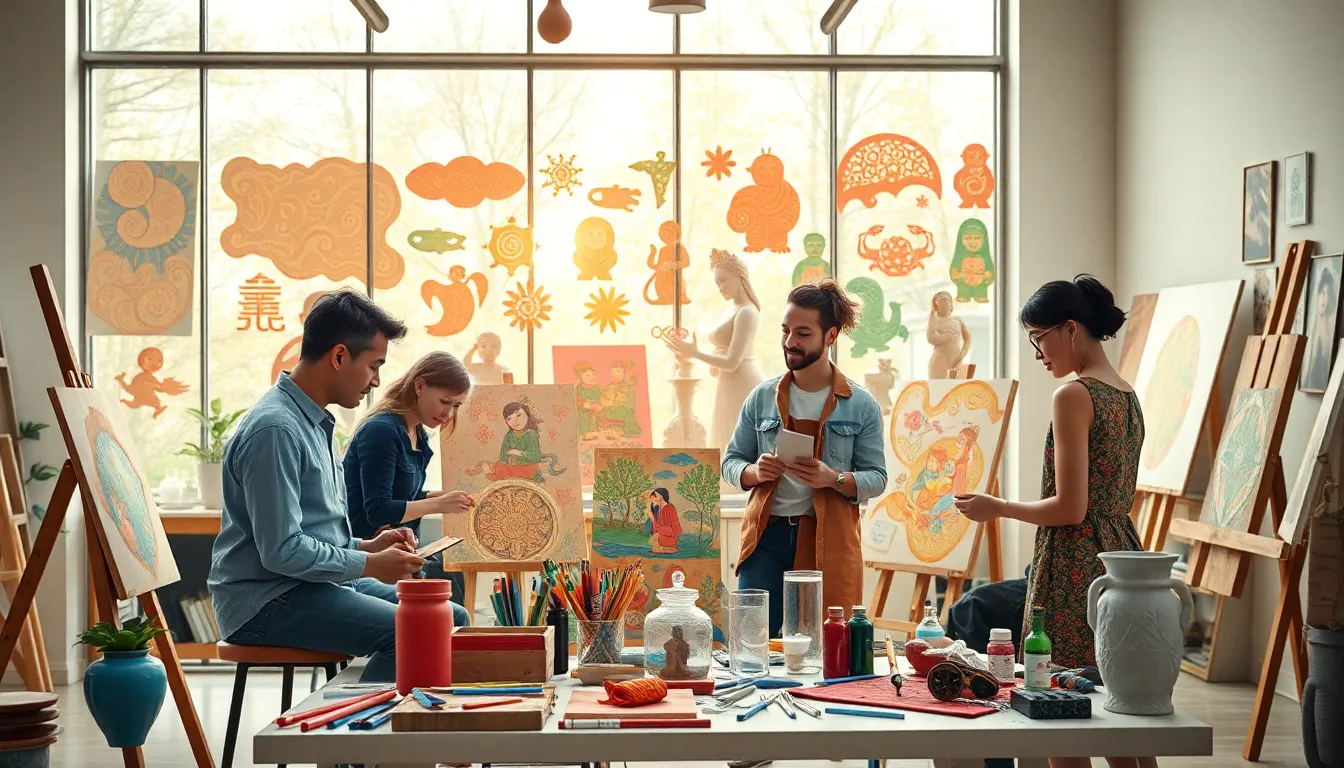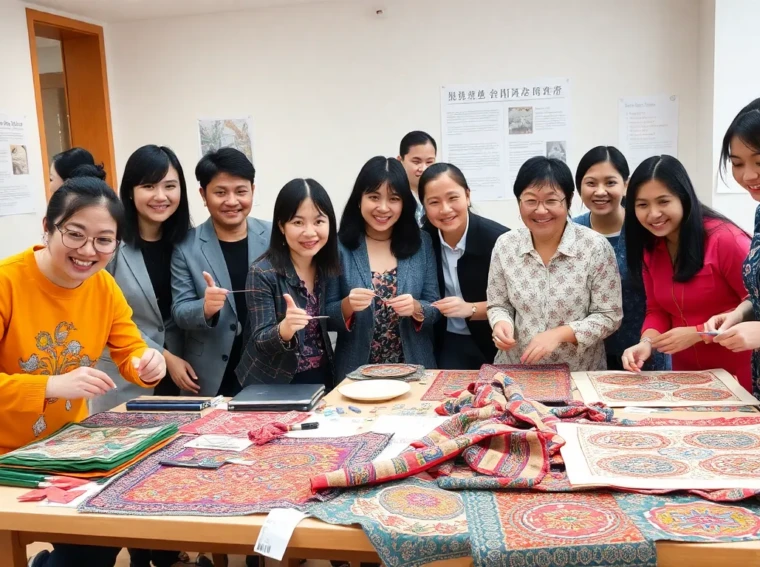Imagine an art form so unique that it weaves together history, culture, and community, all while keeping a sense of humor intact. Enter Tongschraoer. If you’ve never heard of it, don’t worry: you’re not alone. It’s one of those intriguing subjects that prompts curiosity and perhaps a few raised eyebrows. Buckle up, because we’re diving deep into the essence, history, and ongoing significance of Tongschraoer. By the end of this article, you’ll be the go-to expert among your friends, dropping knowledge bombs about this fascinating art.
Tongschraoer

Tongschraoer is a multifaceted artistic practice that embodies unique characteristics distinctive to its cultural roots. At its core, it is a blend of performance art and craftsmanship, showcasing creativity and community spirit. Artists investigate into intricate designs, often drawing inspiration from their environment, conveying messages through their work. Sounds intriguing, right? Whether it’s a single piece or a collaborative effort, Tongschraoer captures the essence of storytelling in a format that speaks volumes without uttering a word.
Historical Context and Origins
Like many art forms, Tongschraoer has a rich history. Its origins can be traced back to ancient traditions, where communities used it as a way to connect with their heritage. Initially, it served practical purposes, perhaps in rituals or everyday life, but it evolved over time into a celebrated form of expression. That evolution can be attributed to context shifts, migrations, cultural exchanges, and innovations all play a part in how Tongschraoer blossomed through the ages. Understanding this historical context not only enriches appreciation for Tongschraoer but also connects individuals to their cultural backgrounds.
Cultural Relevance
Characteristics of Tongschraoer
Tongschraoer is characterized by its vibrant colors, intricate patterns, and the emotional weight each piece carries. The designs often reflect the flora, fauna, and folklore of the regions they originate from, creating a tapestry of cultural significance. Artists spend hours, sometimes even days, crafting pieces that embody their identity, beliefs, and social commentary.
Regional Variations
As with many art forms, Tongschraoer exhibits regional variations that add to its allure. Each community puts its spin on the basic framework, resulting in a delightful mix of styles and themes. Whether it’s the fast-paced urban adaptation or the serene rural portrayal, variations enhance the depth and richness of Tongschraoer, making each piece unique.
How Tongschraoer Is Practiced Today
In contemporary society, Tongschraoer continues to thrive, with artists and communities embracing its significance. Art workshops and community projects aim to keep the practice alive, bridging generations. Both young and old participate in crafting sessions where they learn the fundamentals while contributing to larger, community-driven projects. The art form is not just a solitary try: it’s heavily rooted in collaboration, creativity, and communal pride. Modern-day Tongschraoer often serves as a medium for social change, promoting conversations around identity, values, and unity.
Impact on Communities
The impact of Tongschraoer is profound and lasting. It empowers communities by fostering connectivity, bridging gaps between diverse ethnicities and backgrounds. Artists often collaborate across borders, thereby crafting shared narratives and mutual appreciation among cultures. Also, Tongschraoer enhances local economies, as pieces gain traction in art markets, attracting tourists and art enthusiasts alike. Schools and educational institutions have also recognized this form, incorporating it into curriculums, enabling students to appreciate not just the art but the stories behind them. It’s an enriching experience, connecting hearts and minds through creativity.
Challenges Facing Tongschraoer
Even though its cultural richness, Tongschraoer faces various challenges in today’s fast-paced world. Globalization and modernization can lead to commodification, threatening the authenticity of traditional practices. As younger generations become more absorbed in digital realms, the risk of losing such art forms is real. Conservation efforts and educational outreach programs are crucial to preserving Tongschraoer, but funding and community involvement remain inconsistent. Addressing these challenges requires a committed community effort, ensuring that Tongschraoer not only survives but flourishes for future generations.
